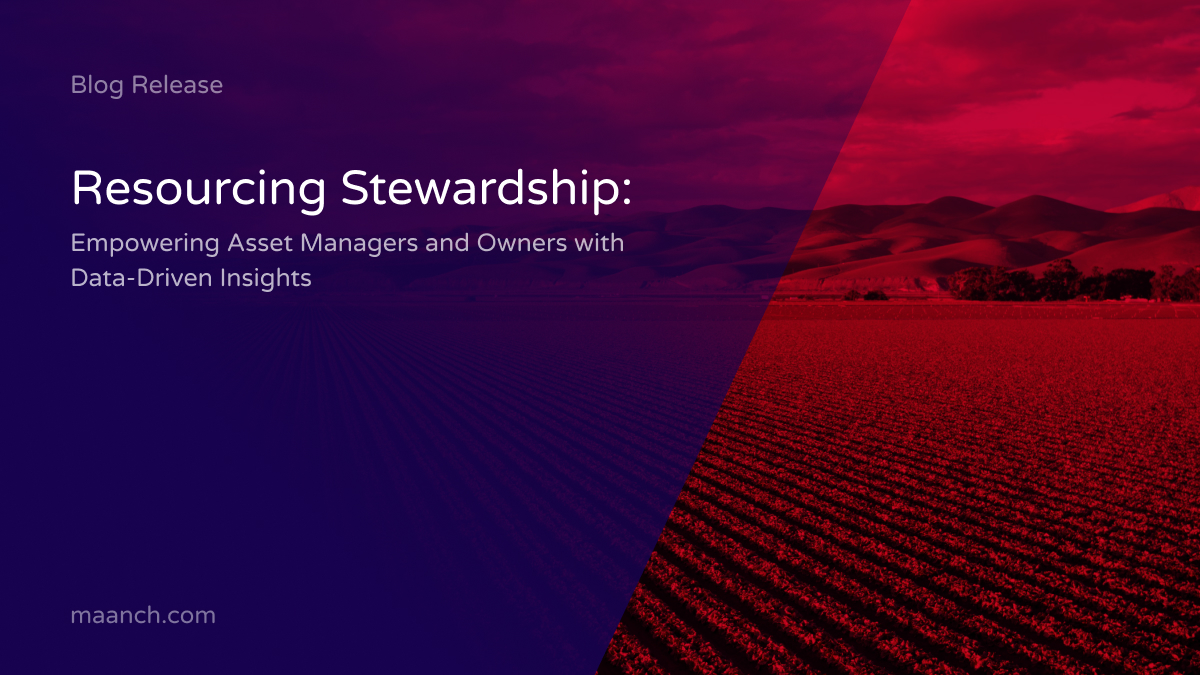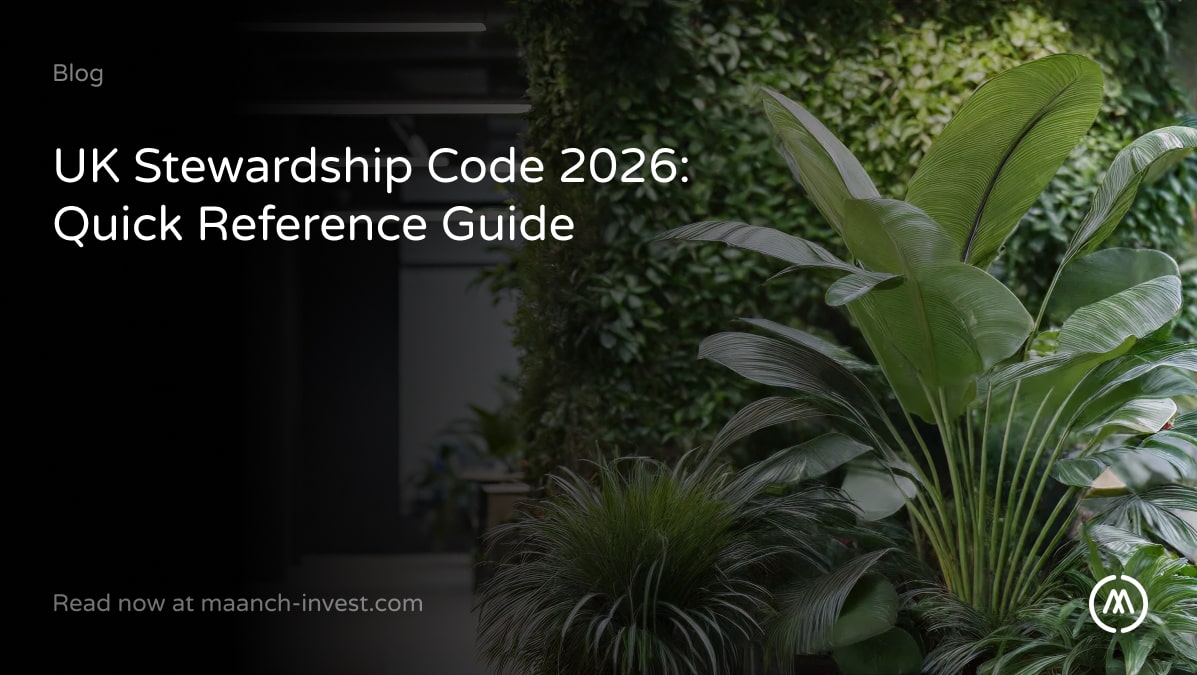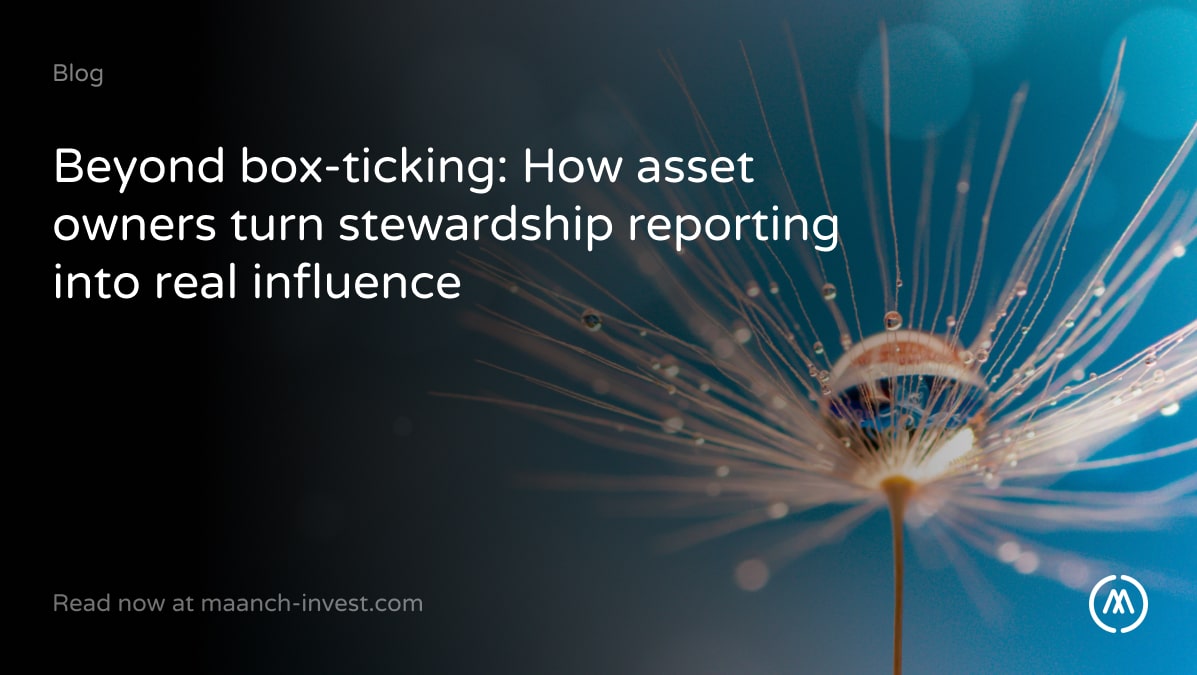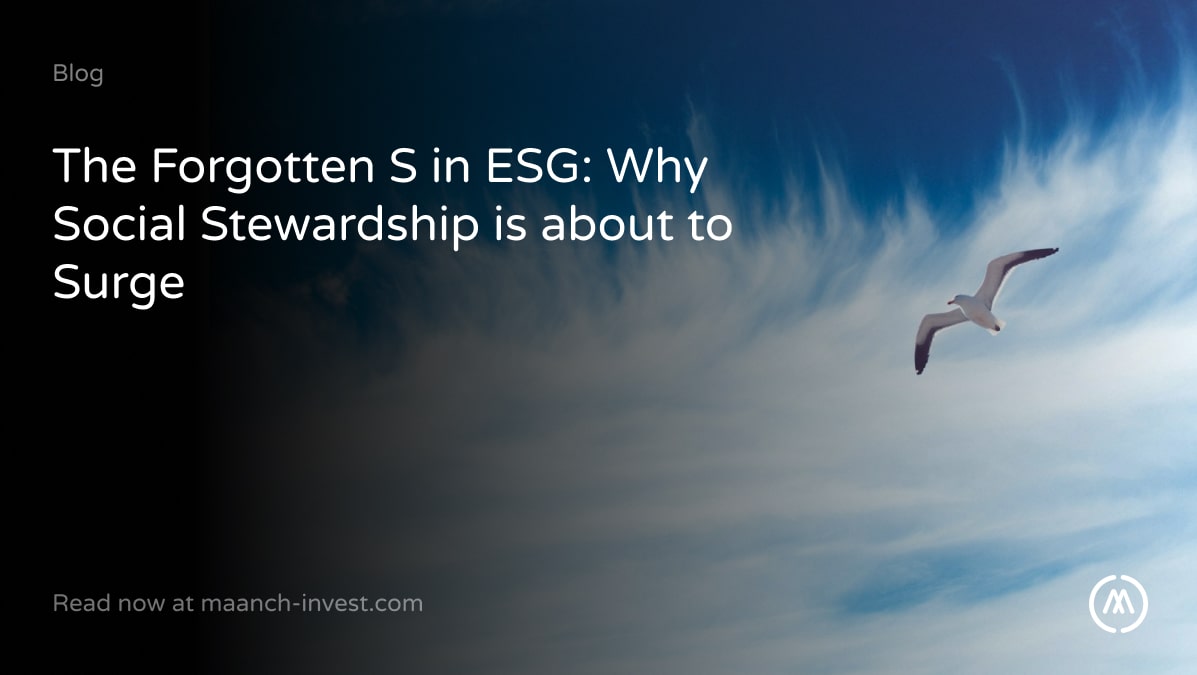The investment industry stands at a critical juncture. To navigate the complexities of modern asset management, enhancing stewardship resources is essential, for long-term sustainability and effective risk management. Integrating stewardship with technology has become a cornerstone for fostering sustainable growth and transparency. Reports like the Thinking Ahead Institute’s “Stewardship Resources Assessment Framework” and the “Putting resources where stewardship ambitions are” are setting new benchmarks. These empower the industry with structured and insightful approaches to asset stewardship.
The Necessity of Enhanced Stewardship Resources:
Recent insights from the Thinking Ahead Institute and the Principles for Responsible Investment have emphasised a glaring under-resourcing in stewardship activities within the investment sector. The Global Stewardship Resourcing Survey and subsequent reports highlight the need for a significant increase in stewardship resources to adequately manage and mitigate system-level risks.
Unpacking the Global Stewardship Resourcing Survey:
Here’s a condensed overview of the survey’s key insights:
- Stewardship Resource Allocation: Both asset managers and owners dedicate about 7% of their total investment resources to stewardship activities. This allocation though, is below what the Institute perceives as necessary for tackling the increasing complexities of systemic risks such as climate change and biodiversity loss.
- Ambition vs. Resource Alignment: The survey revealed a median stewardship ambition level of 4.5 for asset managers and 3.9 for asset owners on a scale from 0 to 6. This indicates a robust inclination towards enhanced stewardship among participants. However, there’s a notable disconnect between these ambition levels and the actual resources allocated therefore suggesting an industry-wide under-resourcing.
- Discrepancies in Reporting and Measurement: A significant challenge highlighted is the inconsistency in how stewardship resources are reported and measured. The lack of standardised reporting frameworks contributes to this challenge, complicating efforts to accurately assess and compare stewardship practices across the industry.
- Engagement and Collaboration: The survey shows that engagement activities consume the largest share of stewardship resources, focusing primarily on issuer-level interactions. However, there’s a growing recognition of the need for system-level stewardship to address broader market performance. Collaborative activities currently represent only a modest portion of total stewardship resources, pointing towards potential areas for improvement.
- Seniority and Resource Impact: About 64% of survey participants stated that their stewardship teams’ seniority aligns with or exceeds that of their general investment teams. Indicating that seniority is not a major issue in stewardship resourcing.
- Industry Calls to Action: The findings advocate for a strategic enhancement of stewardship resources undoubtedly suggesting that doubling current levels could significantly mitigate systemic financial risks. The report calls for industry-wide commitment to this goal. It emphasises the necessity of structured measurement and increased resources to sustain fiduciary responsibilities and long-term value creation.
In conclusion, the resources allocated do not align with the stated ambitions, even though the survey participants are committed to stewardship,. This misalignment, combined with the challenges in measurement and reporting, underscores the urgent need for an industry-wide recalibration of how stewardship resources are understood, allocated, and utilised.
Redefining Resource Allocation with a Structured Approach:
The Stewardship Resources Assessment Framework enables asset managers and owners to comprehensively assess their stewardship resources. This helps ensure that their investment strategies are not only profitable but simultaneoulsy also sustainable. By embedding systematic assessment tools, the framework guides the industry towards a more data-driven and transparent resource allocation model.
Here are some key insights from this framework:
- Empowering Asset Owners and Managers: The Framework serves the industry by empowering asset owners to better understand resourcing practices. It is facilitating productive conversations with asset managers about stewardship activities. It also helps asset managers recognize that their resource levels are monitored, encouraging a more transparent approach to stewardship resource allocation.
- Structured Measurement Approach: It promotes a structured measurement approach, offering a methodical way to assess an organisation’s commitment to stewardship. This approach involves assessing full-time equivalents (FTEs) dedicated to stewardship activities, the seniority levels of these FTEs, and the resources allocated to external stewardship services.
- Stewardship Resources Metric (SRM): The framework introduces the Stewardship Resources Metric, a crucial tool that combines FTE-based stewardship estimates adjusted for seniority with specialist third-party stewardship costs. This metric is expressed as a percentage of total investment management FTEs, thus allowing for cross-organisational comparisons regardless of size.
- Facilitating Industry-Wide Comparisons: By standardising how stewardship resources are calculated and reported, the Framework allows for comparisons across organisations. This standardisation helps in benchmarking and setting targets for resource allocation based on stewardship ambitions.
- Supporting Strategic Resource Allocation: The Framework encourages organisations to align their stewardship resources with their sustainability and stewardship ambitions. This alignment is crucial for tackling systematic risks such as climate change issues at both the portfolio and systemic levels.
- Promoting Transparency and Accountability: Through its structured approach to measuring and reporting on stewardship activities, the Framework enhances transparency in the investment industry. It provides asset owners with the tools needed to hold asset managers accountable for their stewardship activities and resource allocations.
- Encouraging Collaborative Stewardship: By assessing the proportion of resources allocated to collaborative stewardship activities, the Framework highlights the importance of industry-wide cooperation in addressing systemic risks. This focus on collaboration is essential for achieving long-term sustainability goals across the financial market.
Insights from Industry Leaders and Reports:
“Stewardship has always played a crucial role in the investment industry but is too often under-resourced.” – Marisa Hall | Co-Leader of the Thinking Ahead Institute
The Stewardship Resourcing Report highlights a pressing need to double stewardship resources to meet growing sustainability ambitions. This calls for an industry-wide effort to reassess and realign resources with stewardship goals. Thought leaders and industry experts underscore the urgency for more robust stewardship resourcing. They advocate for doubling the current resource allocation to meet the escalating requirements of a rapidly evolving market landscape. This call to action is not just about increasing quantity, but specifically enhancing the quality of stewardship to mitigate systemic risks like climate change and social inequality.
Implementing Change:
- Structured Measurement: Adopting a structured measurement approach is vital. It enables organisations to quantify stewardship efforts and align them with overarching sustainability and risk management objectives.
- Enhancing Transparency: Improved reporting and transparency around stewardship activities allow for better monitoring and comparison, fostering a culture of accountability and continuous improvement.
- Cultivating Collaboration: Encouraging collaboration within the industry can enhance the effectiveness of stewardship activities, pooling resources for a greater collective impact.
Role of Technology in Enhancing Stewardship Resources:
As the investment industry evolves, technology emerges as a pivotal ally in enhancing stewardship resources. Innovations are reshaping assessment and management of stewardship resources. This enables the insurance that investment strategies are aligned with long-term value creation.
- Streamlining Data Collection and Analysis:
Technological advancements streamline data collection and analysis, therefore providing deeper insights into stewardship practices. Automated tools quickly gather data from multiple sources, offering asset managers real-time updates on their activities. This rapid analysis helps pinpoint areas that need resource adjustments, thus allowing for swift responses to emerging risks.
- Enhancing Reporting Accuracy and Consistency:
With advanced software solutions, asset managers can ensure consistency and accuracy in their stewardship reports. This makes it easier to comply with evolving regulatory requirements and industry standards. Stewardship software helps reduce discrepancies in how stewardship resources are reported and measured. Tools such as the Maanch Engagement Tracker promote greater transparency across the industry.
- Facilitating Effective Collaboration:
Digital platforms and collaboration tools enhance the efficiency of collaborative stewardship activities. By enabling seamless communication and data sharing, technology fosters closer cooperation among all industry participants. Such integration supports the pooling of resources for collective impact, crucial for addressing systemic risks at a market-wide level.
- Driving Engagement through Advanced Analytics:
Advanced analytics and machine learning algorithms provide asset managers with deeper insights into the impacts of their stewardship activities. By analysing trends and patterns, these technologies help managers optimise their strategies to better align with sustainability goals and risk management objectives. Enhanced analytical capabilities also allow for more targeted engagement. With investees consequently focusing efforts where they can achieve the most significant impact.
Incorporating technology into stewardship resource management is evidently more than an operational upgrade. It is a strategic imperative for asset managers aiming to lead in sustainability and governance.
Conclusion: A Call for Action and Adaptation:
The future of asset management hinges on industry-wide adoption of structured stewardship assessment tools and increased collaboration. By embracing these innovations and investing in stewardship resources, asset managers can subsequently align their strategies with sustainability and long-term value creation goals. The industry should not only meet existing standards, but also furthermore establish new benchmarks. This proactive stance is crucial for fostering a sustainable and equitable financial ecosystem. As the path to enhanced stewardship resourcing is intricate, it necessitates a committed, data-driven effort from all stakeholders. These stakeholders need to commit to effect significant change and ensure the industry’s contribution to a sustainable economic environment.



